4-(4,6-Dimethoxy-1,3,5-triazin-2-yl)-4-methyl morpholinium chloride
Synonym(s):DMTMM;MMTM
- CAS NO.:3945-69-5
- Empirical Formula: C10H19ClN4O4
- Molecular Weight: 294.74
- MDL number: MFCD03613550
- EINECS: 447-230-1
- SAFETY DATA SHEET (SDS)
- Update Date: 2024-10-30 18:52:02

What is 4-(4,6-Dimethoxy-1,3,5-triazin-2-yl)-4-methyl morpholinium chloride?
Chemical properties
White powder or chunks
The Uses of 4-(4,6-Dimethoxy-1,3,5-triazin-2-yl)-4-methyl morpholinium chloride
DMTMM, a conjugating agent that efficiently conjugat PnPS to Luminex microspheres without affecting the antigenicity of a broad set of PnPS.
The Uses of 4-(4,6-Dimethoxy-1,3,5-triazin-2-yl)-4-methyl morpholinium chloride
4-(4,6-Dimethoxy-1,3,5-triazin-2-yl)-4-methylmorpholinium chloride hydrate is used as a pharmaceutical intermediate. It is used as a reagent for activating carboxylic acids in solution and solid phase peptide synthesis.
The Uses of 4-(4,6-Dimethoxy-1,3,5-triazin-2-yl)-4-methyl morpholinium chloride
4-(4,6-Dimethoxy-1,3,5-triazin-2-yl)-4-methylmorpholinium chloride can be used as a condensing agent for the following transformations:
- Condensation of carboxylic acids and amines to the corresponding amides in tetrahydrofuran.
- Esterification of carboxylic acids with alcohols to the corresponding esters.
- Conversion of carboxylic acids to the corresponding Weinreb amides in protic solvents.
Properties of 4-(4,6-Dimethoxy-1,3,5-triazin-2-yl)-4-methyl morpholinium chloride
| Melting point: | 110-114 °C |
| Flash point: | 92.5 °C |
| storage temp. | -20°C |
| solubility | DMSO (Slightly), Methanol (Sparingly), Water (Slightly) |
| form | Powder or Chunks |
| color | White |
| Water Solubility | Soluble in water, Methanol. |
| BRN | 8026872 |
| Stability: | Hygroscopic |
| CAS DataBase Reference | 3945-69-5(CAS DataBase Reference) |
Safety information for 4-(4,6-Dimethoxy-1,3,5-triazin-2-yl)-4-methyl morpholinium chloride
| Signal word | Danger |
| Pictogram(s) |
 Corrosion Corrosives GHS05  Exclamation Mark Irritant GHS07 |
| GHS Hazard Statements |
H302:Acute toxicity,oral H314:Skin corrosion/irritation |
| Precautionary Statement Codes |
P260:Do not breathe dust/fume/gas/mist/vapours/spray. P270:Do not eat, drink or smoke when using this product. P280:Wear protective gloves/protective clothing/eye protection/face protection. P301+P312:IF SWALLOWED: call a POISON CENTER or doctor/physician IF you feel unwell. P303+P361+P353:IF ON SKIN (or hair): Remove/Take off Immediately all contaminated clothing. Rinse SKIN with water/shower. P305+P351+P338:IF IN EYES: Rinse cautiously with water for several minutes. Remove contact lenses, if present and easy to do. Continuerinsing. |
Computed Descriptors for 4-(4,6-Dimethoxy-1,3,5-triazin-2-yl)-4-methyl morpholinium chloride
| InChIKey | BMTZEAOGFDXDAD-UHFFFAOYSA-M |
New Products
Tert-butyl bis(2-chloroethyl)carbamate 4-Methylphenylacetic acid N-Boc-D-alaninol N-BOC-D/L-ALANINOL 3-Morpholino-1-(4-nitrophenyl)-5,6-dihydropyridin- 2(1H)-one Furan-2,5-Dicarboxylic Acid Tropic acid DIETHYL AMINOMALONATE HYDROCHLORIDE 1,1’-CARBONYLDIIMIDAZOLE R-2-BENZYLOXY PROPIONIC ACID 1,1’-CARBONYLDI (1,2-4 TRIAZOLE) N-METHYL INDAZOLE-3-CARBOXYLIC ACID (2-Hydroxyphenyl)acetonitrile 4-Bromopyrazole 5-BROMO-2CYANO PYRIDINE 5,6-Dimethoxyindanone 5-broMo-2-chloro-N-cyclopentylpyriMidin-4-aMine 2-(Cyanocyclohexyl)acetic acid 4-methoxy-3,5-dinitropyridine 2-aminopropyl benzoate hydrochloride 1-(4-(aminomethyl)benzyl)urea hydrochloride diethyl 2-(2-((tertbutoxycarbonyl)amino) ethyl)malonate tert-butyl 4- (ureidomethyl)benzylcarbamate Ethyl-2-chloro((4-methoxyphenyl)hydrazono)acetateRelated products of tetrahydrofuran
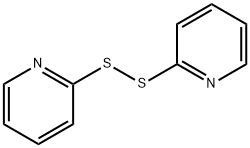

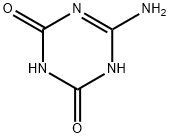
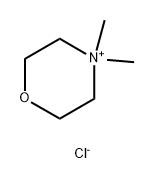
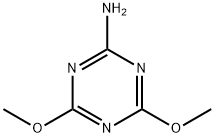

You may like
-
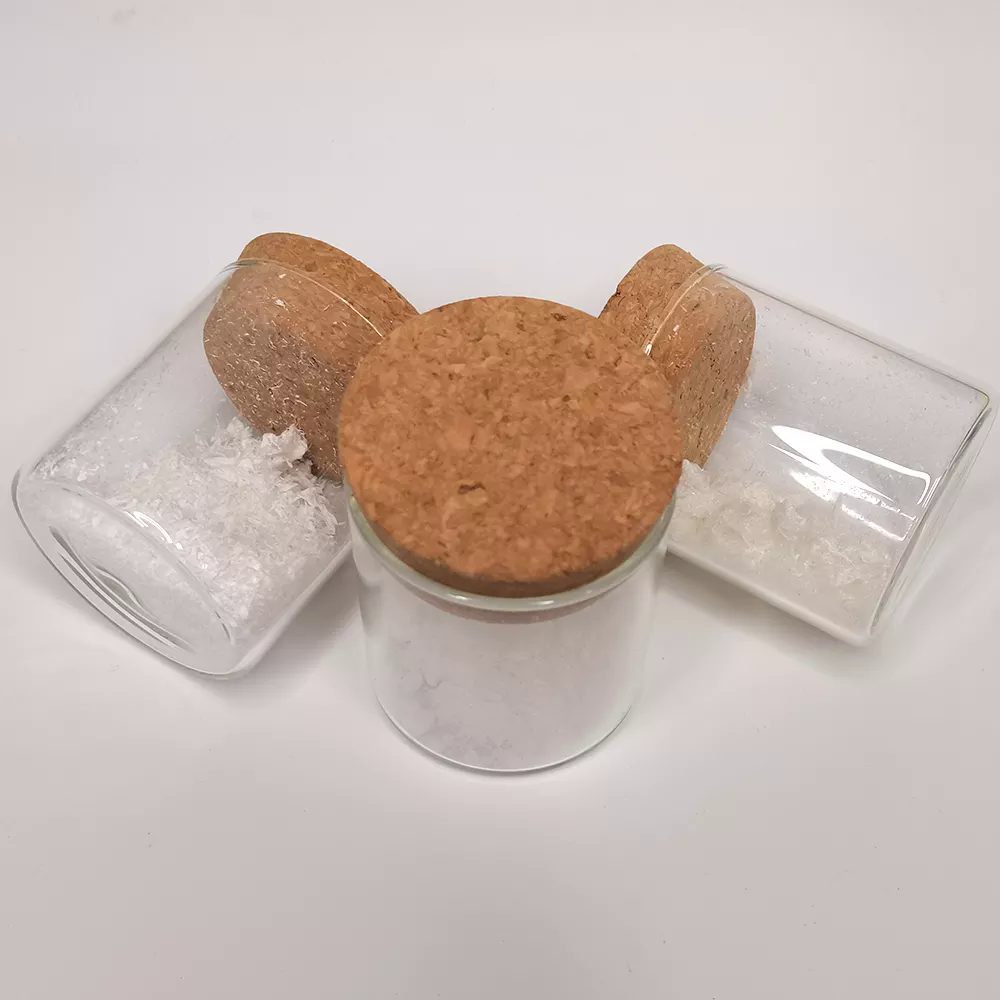 3945-69-5 4-(4,6-Dimethoxy-1,3,5-triazin-2-yl)-4-methylmorpholinium chloride, DMTMM 99%View Details
3945-69-5 4-(4,6-Dimethoxy-1,3,5-triazin-2-yl)-4-methylmorpholinium chloride, DMTMM 99%View Details
3945-69-5 -
 4-(4,6-Dimethoxy-1,3,5-triazin-2-yl)-4-methylmorpholinium Chloride CAS 3945-69-5View Details
4-(4,6-Dimethoxy-1,3,5-triazin-2-yl)-4-methylmorpholinium Chloride CAS 3945-69-5View Details
3945-69-5 -
 Reagents for Condensation Reactions (DMT-MM) (HPMC encapsulated) CAS 3945-69-5View Details
Reagents for Condensation Reactions (DMT-MM) (HPMC encapsulated) CAS 3945-69-5View Details
3945-69-5 -
 DMTMM 97% (HPLC) CAS 3945-69-5View Details
DMTMM 97% (HPLC) CAS 3945-69-5View Details
3945-69-5 -
 4-(4,6-Dimethoxy-1,3,5-triazin-2-yl)-4-methylmorpholinium chloride CAS 3945-69-5View Details
4-(4,6-Dimethoxy-1,3,5-triazin-2-yl)-4-methylmorpholinium chloride CAS 3945-69-5View Details
3945-69-5 -
 14714-50-2 (2-Hydroxyphenyl)acetonitrile 98+View Details
14714-50-2 (2-Hydroxyphenyl)acetonitrile 98+View Details
14714-50-2 -
 118753-70-1 98+View Details
118753-70-1 98+View Details
118753-70-1 -
 733039-20-8 5-broMo-2-chloro-N-cyclopentylpyriMidin-4-aMine 98+View Details
733039-20-8 5-broMo-2-chloro-N-cyclopentylpyriMidin-4-aMine 98+View Details
733039-20-8
Statement: All products displayed on this website are only used for non medical purposes such as industrial applications or scientific research, and cannot be used for clinical diagnosis or treatment of humans or animals. They are not medicinal or edible.